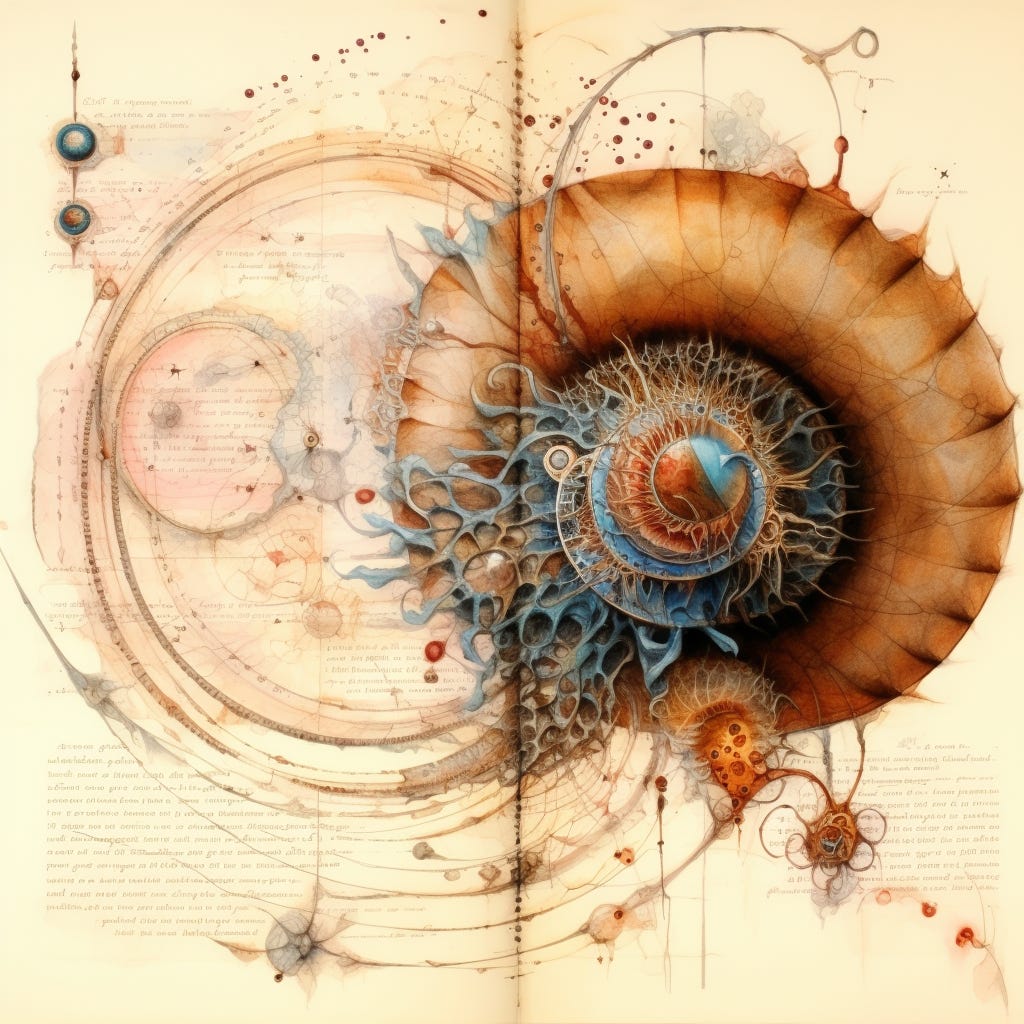Synthetic human embryos created from stem cells
The loss of a young child is an unimaginable tragedy. As bereaved parents, we find yourselves grappling with a myriad of emotions and questions. One such question that may cross our mind is - could science one day enable the creation of a cloned sibling for the lost child? Recent breakthroughs in stem cell research suggest that we might be inching closer to that reality.

Israeli scientists at the Weizmann Institute of Science have made a significant stride in embryonic research. They have successfully created complete models of human embryos from stem cells cultured in the lab, and managed to grow them without a womb up to the 14th day. This achievement builds on their previous work of creating synthetic stem cell-based models of mouse embryos.
The team, led by Prof. Jacob (Yaqub) Hanna, has developed synthetic embryo models that possess all the structures and compartments characteristic of a 14-day old human embryo. This includes the placenta, yolk sac, chorionic sac, and other external tissues that ensure the models' dynamic and adequate growth.
This breakthrough could open new avenues of research into infertility, early pregnancy failure, birth defects, drug testing, and growth of tissues for transplant. More importantly, it could help scientists understand the dramatic first weeks of embryonic development, a period that is crucial to the future development of the embryo.
The process of creating these models is fascinating. The scientists started with human cells known as pluripotent stem cells, which have the potential to differentiate into many cell types. Some of these cells were derived from adult skin cells that had been reverted to "stemness." Others were the progeny of human stem cell lines that had been cultured for years in the lab.
The scientists then reprogrammed these pluripotent stem cells to revert to an even earlier phase known as the naïve state. In this state, the cells are capable of becoming anything, that is, specializing into any type of cell. This stage corresponds to day #7 of the natural human embryo, around the time it implants itself in the womb.
The cells were then divided into three groups and treated with chemicals to differentiate into the three tissue types needed to sustain the embryo: placenta, yolk sac, or the extraembryonic mesoderm membrane. The cells formed clumps and about one percent of these self-organized into complete embryo-like structures.
This research is a significant step towards understanding the early stages of human development. It offers an ethical and accessible way of studying the early embryo, a period that is crucial to its future development.
While this research does not directly involve human cloning, it does bring us a step closer to understanding how we might one day be able to create a human being from stem cells. This could potentially open the door to the possibility of human cloning in the future.
As we navigate the complexities of grief and loss, it's important to stay informed about the scientific advancements that could shape our future. The possibility of human cloning may still be a distant reality, but the progress made in stem cell research brings a glimmer of hope. It's a testament to the incredible potential of science and the endless possibilities it holds for the future.




